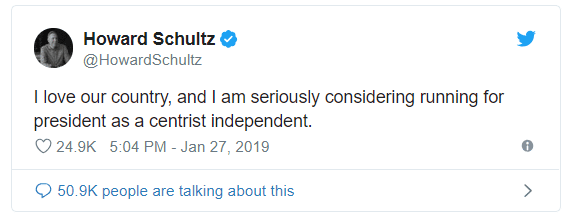This guest post from leadership coach, facilitator, trainer, and author Mike McKenna takes a look at a strategy that will help you save projects before they ever encounter their first hurdle out there in the real world. Mike and his company, TEAM Solutions, are innovators in teaching leaders how to improve their response, especially in crisis situations, and we’re proud to call him a part of the Bernstein Crisis Management team.
Avoiding Project Failure…
Nothing says success like killing your project before even starting it, right?
Let me explain.
Picture this:
You assemble your brain trust around the table to launch your next, big initiative. Saving the rain forest, responding to a disaster, overhauling the tax code, whatever.
You – as the mindful leader – offer your high-level view of the HOW, the WHY, the WHEN, etc. And then you ask for and receive thunderous support.

Sometime later everyone is seated around the same table, head in hands, trying to figure out why the initiative failed so spectacularly.
Then “Jason” pipes up from the back of the room: “well, I coulda told you THAT was gonna happen!”
Grrr.
Here’s a simple way to avoid having to thump “Jason” in the head:
The Project Premortem.
Unlike the postmortem exam we perform on dead people and things to figure out how they died, a premortem is, you guessed it, just the opposite.
Now picture this:
Same meeting, same project, same people (including “Jason”).
You – the mindful leader – after delivering the project overview ask:
“If this project fails, what will be the reason?”
“Now pair up, take 5 minutes and report your findings.”
This provides “Jason’s” moment to shine: “It will fail because nobody is using a VHS player anymore, duh!” (or similar insight, of course)
Voilà.
Now you have more insight and forecasting from a collective brain trust by which you can make a more informed decision and reduce the chance of project failure.
So when you can ask “Can everyone support this plan?” You’ll get informed nods in return.
One piece of interesting backstory is how some of the Stoic philosophers (Marcus Aurelius, Seneca, and Epictetus) also practiced pre-mortems. Except they called them premeditatio malorum, which translates to a “premeditation of evils.”
Similarly, a strategy of inversion or starting at the opposite end was embraced by the German mathematician Carl Jacobi. He used the mindset of man muss immer umkehren or, “invert, always invert” to solve vexing problems.
Aside from the history lesson, how does this help us today?
To read the rest of Mike McKenna’s article, including the answer to that question and examples of how this project-saving method works in real-life scenarios, click here.





